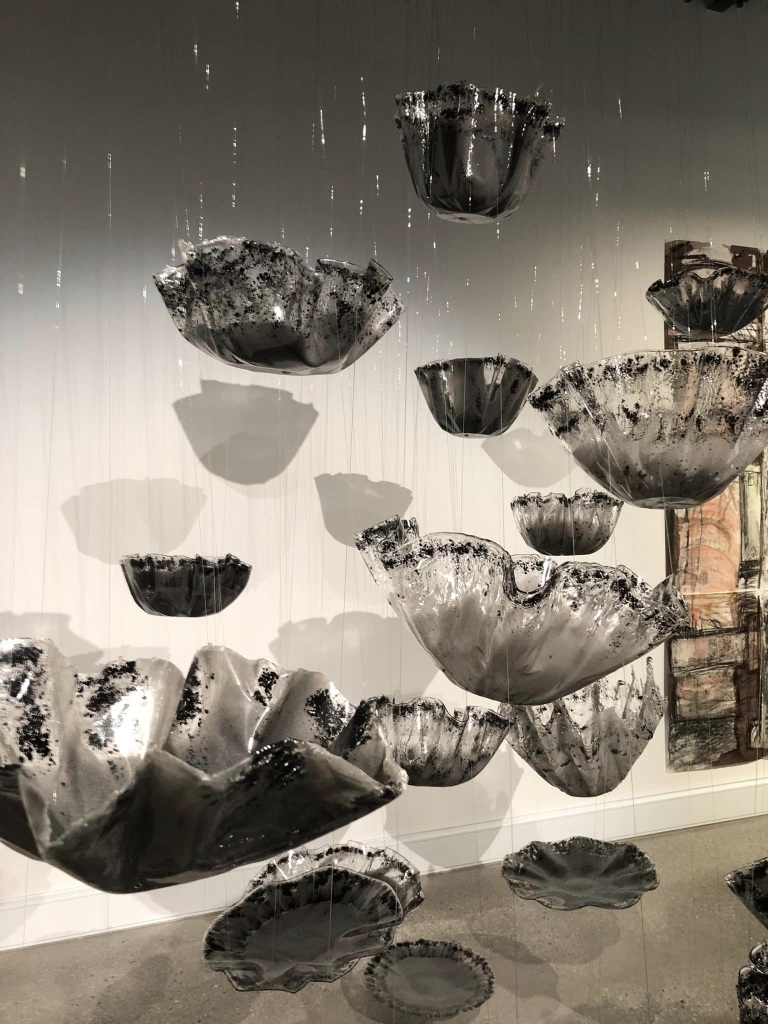The demise of Liddell
The demise of a piece of industrial heritage has inspired some lively and interesting artworks in the Hunter Valley on the closure of Liddell Power Station in 2023.
Sixteen artists were commissioned to visit the power station in its last days and create artworks that explored the site’s legacy, transformation, and people.
An exhibition called LiddellWORKS was created, and it is split between the Singleton Arts and Cultural Centre and the Muswellbrook Regional Arts Centre.
Liddell Power Station
Liddell Power Station was located between Singleton and Muswellbrook, just off the New England Highway. The four 500-megawatt thermal generators were commissioned at the station between 1971 and 1973. The station provided about 10% of NSW’s electricity needs and employed around 450 workers. AGL, the current owner, purchased the power station from the NSW Government in 2014 and had a favourable arrangement purchasing fuel coal for about 1/3 of the export price.
The power station was the first major power station in NSW to be built inland, away from saltwater supplies for cooling. It was adjacent to a fresh-water cooling pond called Lake Liddell, dammed at the confluence of Bayswater, Tinkers, and Maidswater Creeks. The lake is 1100 hectares, used for public recreation and supplemented by water from the Hunter River.

Liddell Legacy
The Hunter has been one of the key industrial heartlands of Australia.
The Liddell Power Station has shaped the area since its foundation in the early 1970s. It has been a major part of the Hunter industrial landscape, generating electricity and contributing to economic development and prosperity.
The power station was fuelled by coal, which has been part of the European history of the valley since coal was discovered in 1796.
Art tells a story
The artists who were invited to participate in the project were able to tell the story of the power station from a different perspective.
The power station closure was always going to happen at some point and create trauma for local communities through the loss of local jobs.
The power station’s closure also causes trauma well beyond the Hunter Valley communities into another part of Australia, with the loss of one of the country’s largest generators of base-load power.
Telling the story would help these communities deal with their grief.
Snippets from the exhibition at the Singleton Art and Cultural Centre


I would like to express my appreciation to Christopher Dewar, Arts and Cultural Program Officer, Singleton Arts and Cultural Centre, for his assistance with this post.
All photographs by Ian Willis unless noted otherwise.
Discover more from Camden History Notes
Subscribe to get the latest posts sent to your email.





